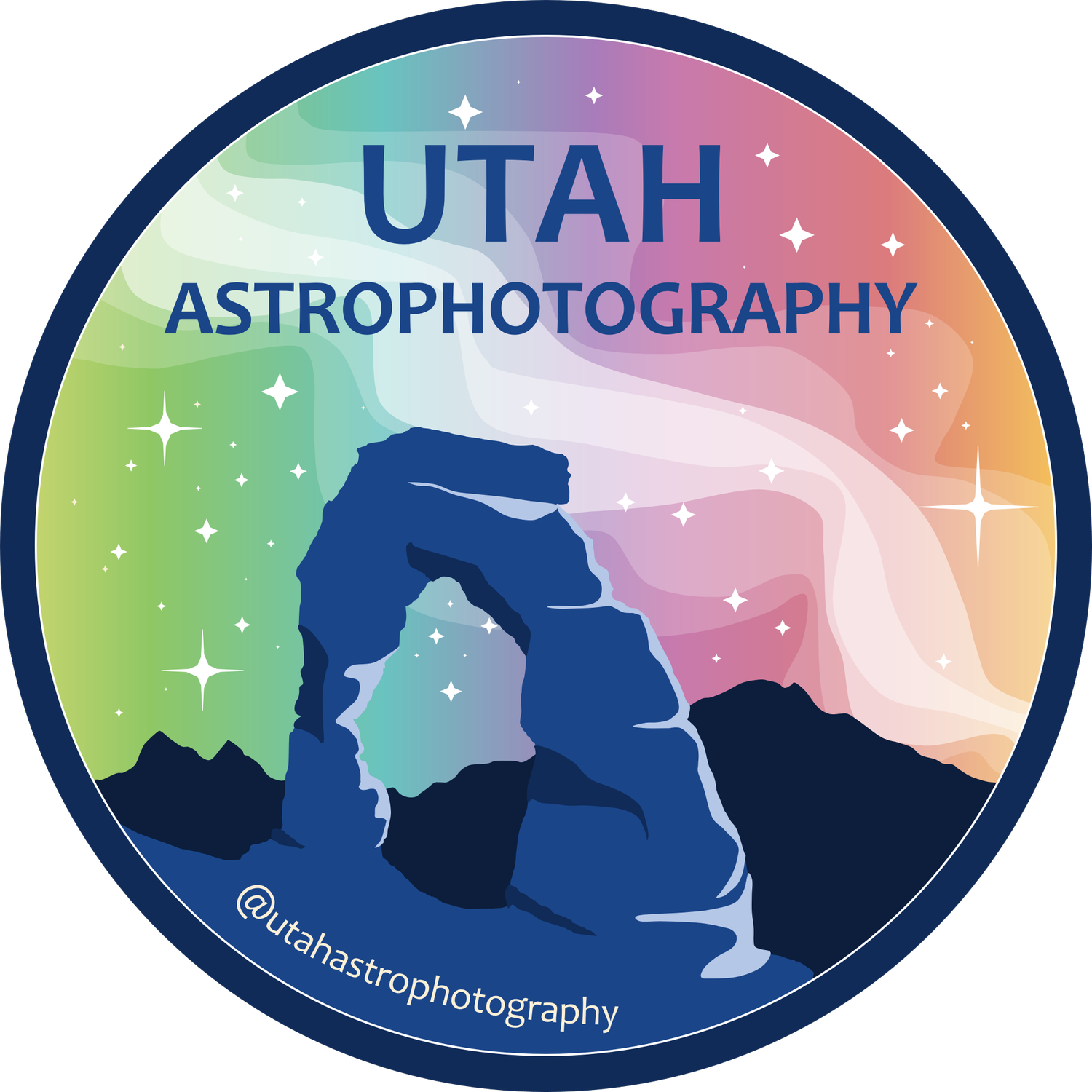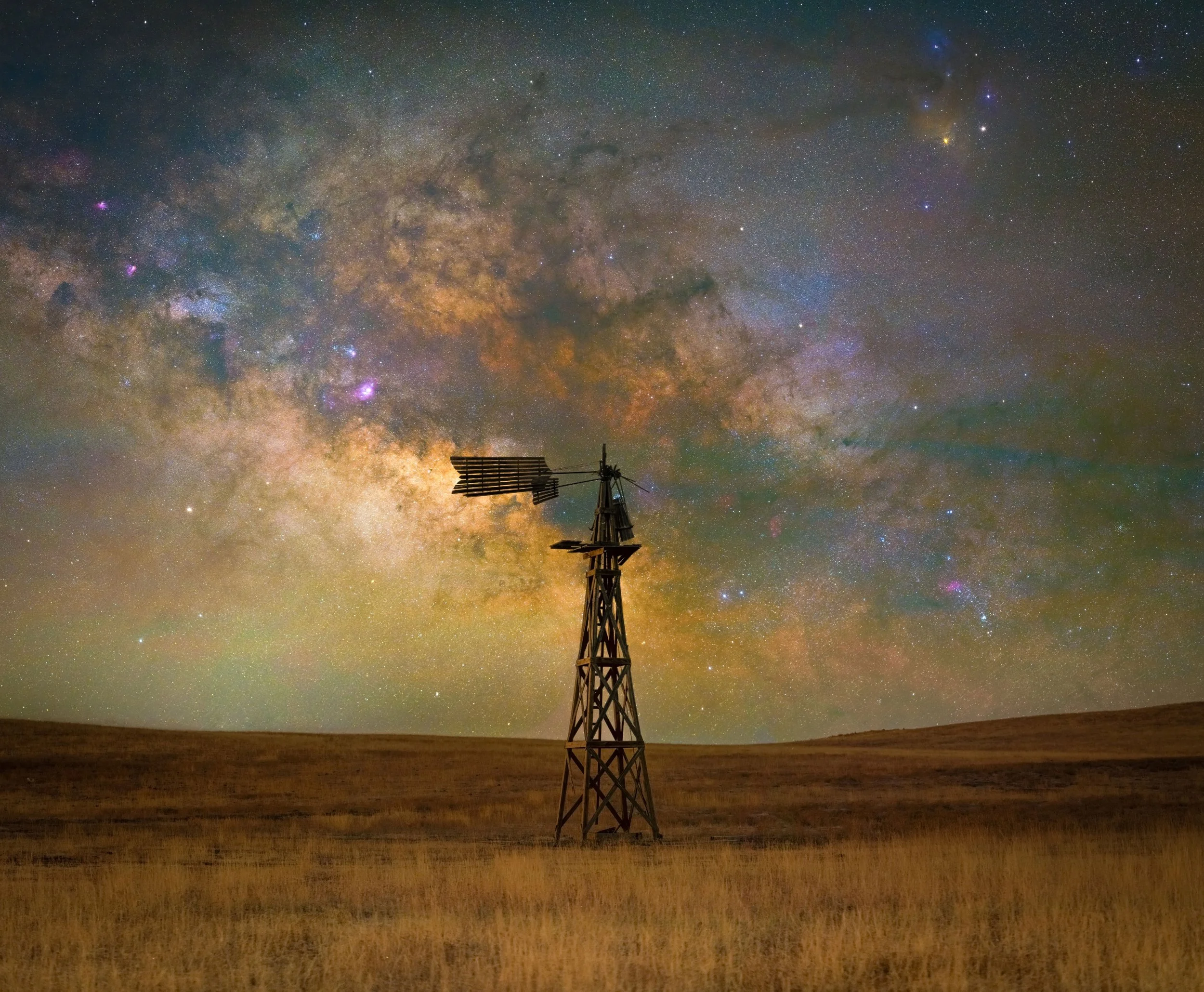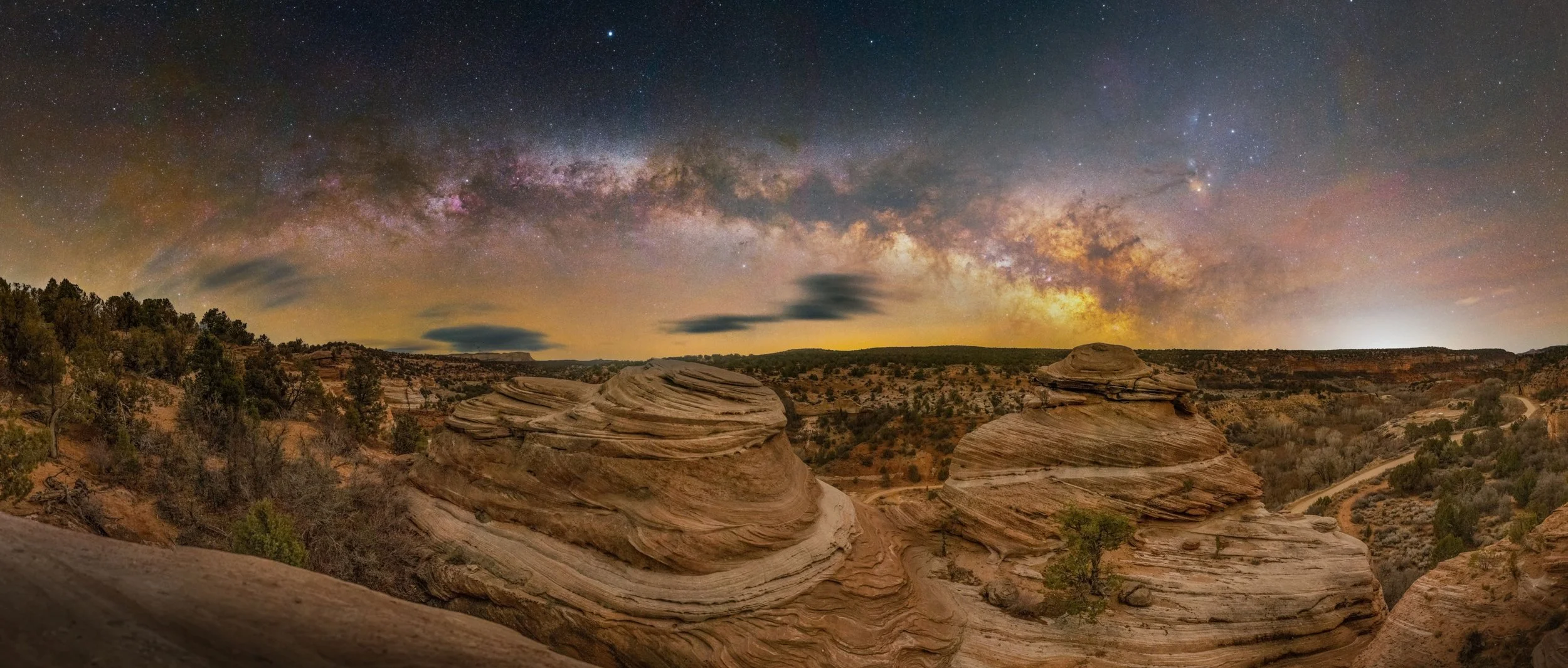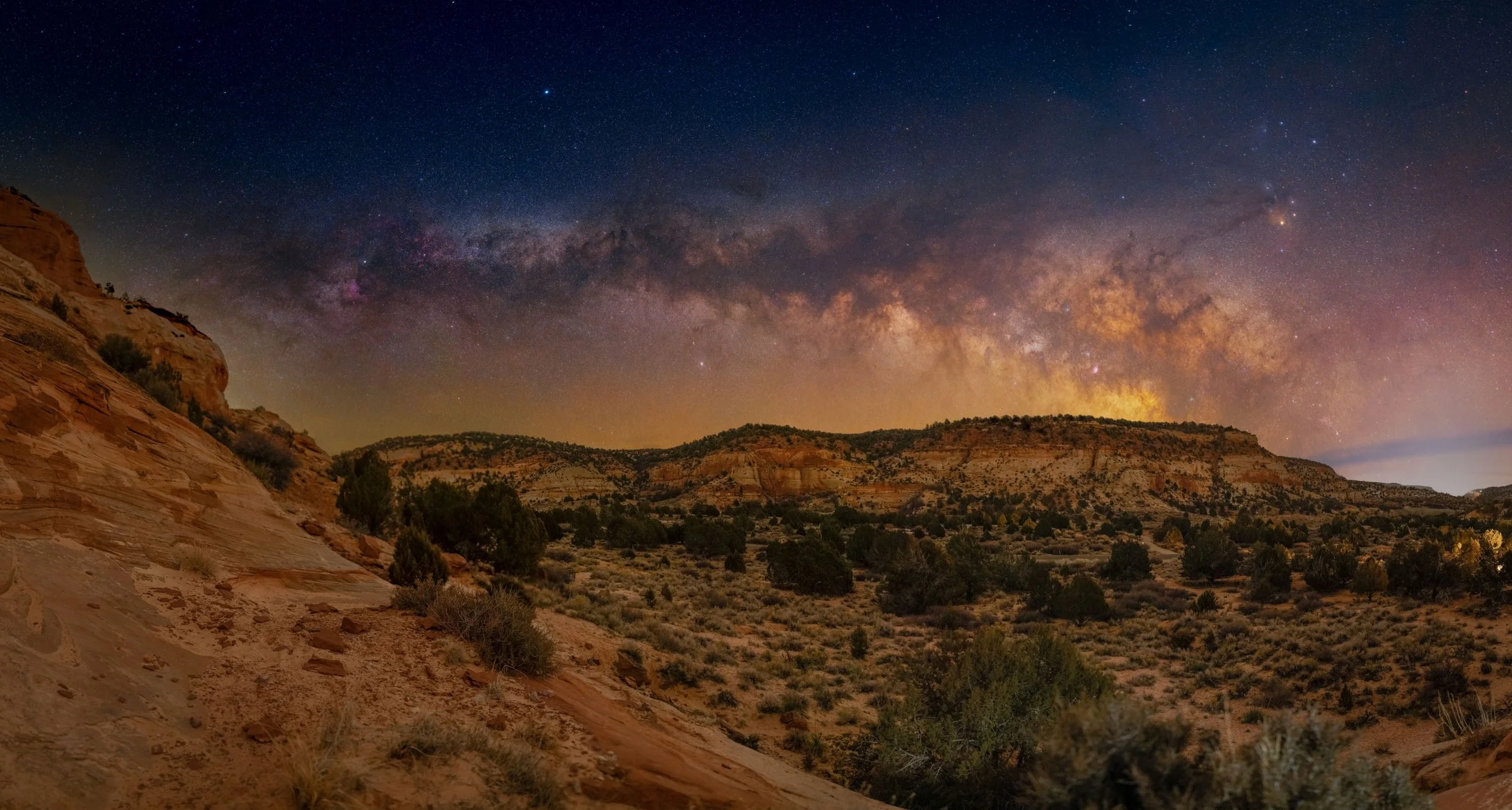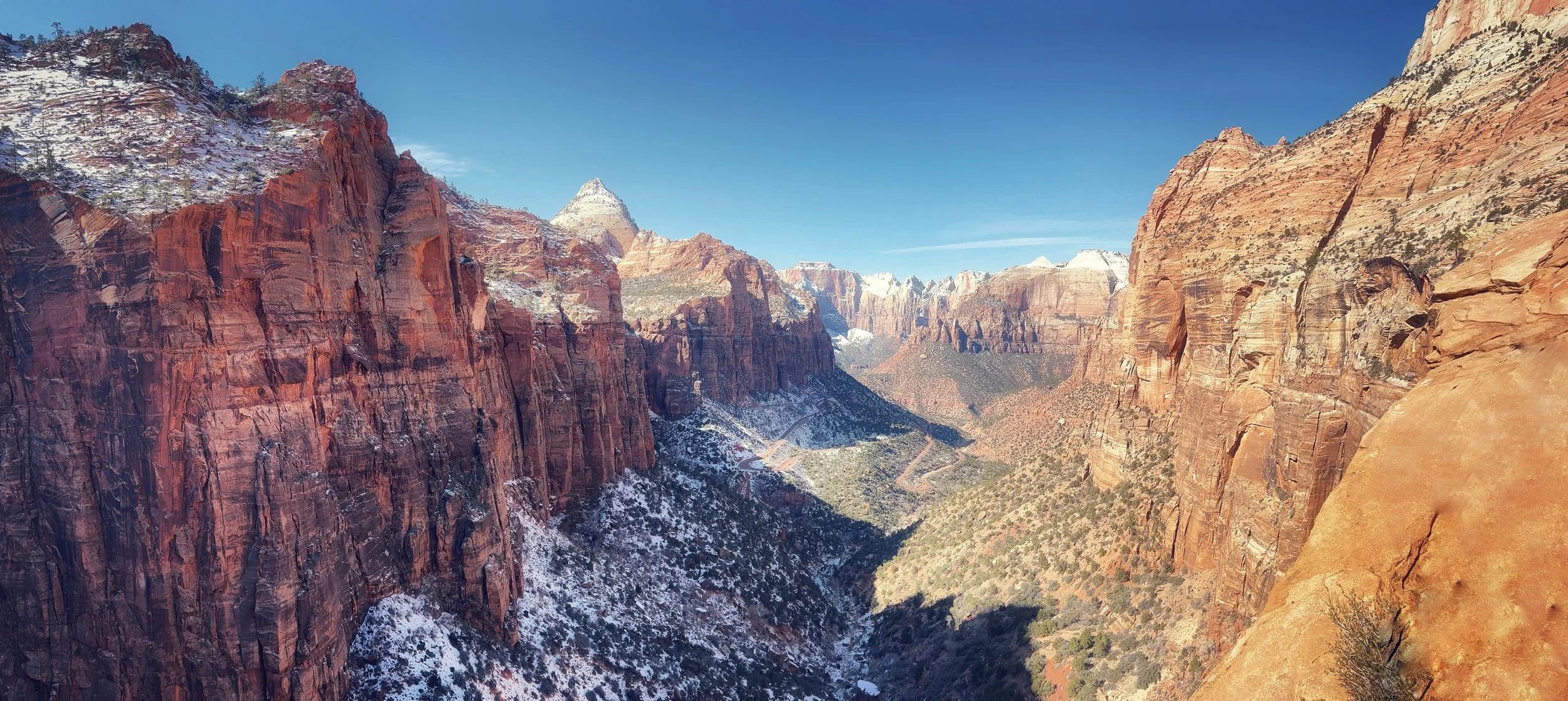
KANAB
The Kanab region, located in the southern part of Utah, near the border with Arizona, is an area of significant geological and anthropological interest. Its history is a fascinating blend of natural processes and human occupation that stretches back thousands of years.
Geological History:
Geologically, the Kanab area is characterized by its dramatic landscapes, including vast canyons, high plateaus, and layered rock formations, which tell the story of over 250 million years of Earth's history. This region is part of the Colorado Plateau, a stable block of the earth's crust that has been uplifted over millions of years. Erosional processes have sculpted the sandstone and limestone layers into the stunning formations seen today.
Key features of the region include the Vermilion Cliffs, part of the Grand Staircase, which is a sequence of sedimentary rock layers that step up from the Grand Canyon northward through Zion National Park and into Bryce Canyon National Park. The area's distinctive red, white, and pink cliffs are made up of layers of the Navajo Sandstone, Kayenta Formation, and Moenave Formation, among others. These formations were deposited in various environments, from large desert dunes to shallow ancient seas and river floodplains.
Erosion by water and wind has created a multitude of natural wonders in the Kanab area, including slot canyons, arches, and unique rock formations. The region is also known for its fossil sites, which have yielded a wide array of dinosaur bones and tracks, providing insight into the Mesozoic era.
Anthropological History:
The human history of the Kanab region is as rich and varied as its geological backdrop. The earliest inhabitants were Paleo-Indians, who hunted and gathered in the area more than 10,000 years ago. Evidence of these ancient peoples can be found in scattered artifacts and occasional rock art.
By approximately 2000 years ago, the Ancestral Puebloans (Anasazi) and later the Fremont cultures occupied the region, leaving behind a richer archaeological record. These groups practiced agriculture, growing corn, beans, and squash, and lived in both pit houses and cliff dwellings. They also left behind impressive petroglyphs and pictographs, many of which can be seen in the region today.
In more recent times, the Paiute Indians inhabited the region, utilizing the area's resources for hunting and gathering. Their presence is recorded in both historical accounts and the continuation of their cultural practices in the area.
European and American explorers, trappers, and settlers arrived in the 19th century, drawn by the promise of land and resources. The town of Kanab was settled in 1870 by Mormon pioneers, who established farms and ranches in the area. Throughout the late 19th and early 20th centuries, Kanab and its surroundings played host to various explorations, mining operations, and the establishment of national monuments and parks, reflecting the growing interest in the region's natural beauty and resources.
Today, the Kanab region is celebrated for its stunning landscapes, which are protected in several national parks, monuments, and conservation areas. It also serves as a hub for archaeological research and preservation, offering insights into the ancient and more recent peoples who have called this part of Utah home.
Bry: Windmill near Zion
Bry: Best Friends Canyon
Bry: Best Friends Canyon, Turtle Rock
Bry: Best Friends Canyon
